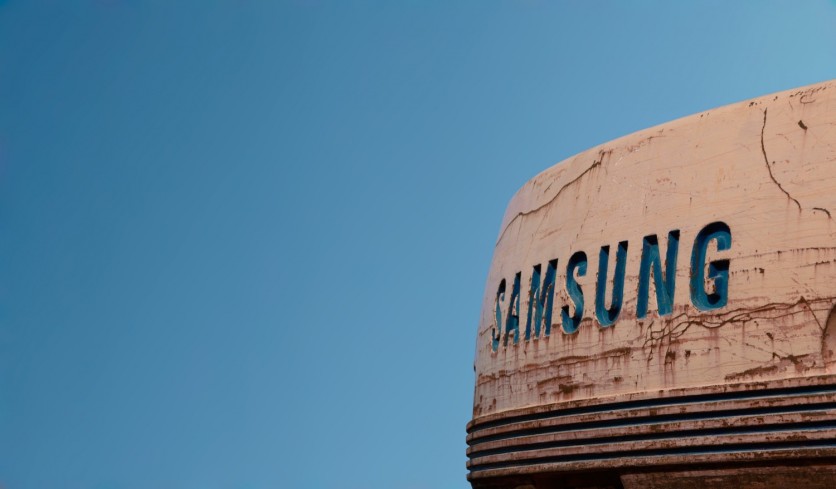
With Samsung, Google and Apple all unveiling new models in 2022 - including an upgrade to the innovative folding phone in Samsung's catalogue - one would assume that the smartphone scene was more than healthy.
All three companies have a fair amount to put behind their marketing strategies, after all. It's hard to go anywhere - whether online or on the highstreet - where a smartphone advertisement isn't playing out in front of you. But take a closer look and the smartphone arena is not as scenic as it makes out to be.
In Q3 of 2022, global smartphone sales fell to their worst quarterly rate in just over eight years - a dip of 9% year-on-year, which equates to around 296.21 million phones worldwide. Toward the end of the year, the selling of stockpiles gradually improved, but even this was due to prolific discounting and promotions in the lead up to Christmas.
Are People Less Interested In New Tech?
It is unlikely, given the short lifespan of most modern smartphones - on average, between 2.5 and 3.5 years - that consumers will ever lose interest in new tech. Much of the time, purchasing a smartphone is both a luxury and a necessity.
The luxury comes in the feel and make of the model - consumers like the look of a phone and not just the software it provides - as well as the options it gives for quick and easy entertainment. Beyond social media, streaming has made smartphones all the more valuable to everyday life, alongside the phenomenon that is mobile gaming; thanks to cloud gaming, you don't have to be at home to play on your Xbox, and thanks to innovative software, you don't have to be on the East Coast to enjoy New Jersey casinos online. We get used to these luxuries and, in time, having a phone that is capable of supporting them turns into its own necessity.
The primary necessity comes in the fact that, in such a collectively connected digital world, it has become increasingly hard to get by without a phone and, more specifically, without an updated phone with the latest software.
The Financial Challenges Are Biting
What has changed, however, is the sort of phone a consumer will buy. Over the last few years, everyone around the world has experienced financial challenges, with the prospect of recessions in countries like the UK, US and Canada drastically changing the B2C market as a whole - even juggernaut companies like Amazon are losing out due to fears of inflation. Today, consumers are more careful about their money; more focused on essentials and more keen to cut costs wherever they can.
This means that, although a consumer needs to stay connected, they would far sooner go through second-hand or refurbished phone sellers. In 2022 alone, sales of used devices passed 282 million, which was 11.5% higher than the year before. In fact, IDC has now predicted a 10.3% growth per annum for the market. This means that, whilst consumers are still buying phones, the rewards are not being felt by the big companies, each of whom are pushing their latest models.
How Can The Market Recover?
Although the outlook for smartphone sales looks bleak, it is entirely dependent on the financial landscape as a whole. As mentioned previously, fear of inflation and the need to cut back on costs is the main factor in the drop of smartphone sales, but as soon as business outlooks begin to look more optimistic, it is likely that consumers will come back through the doors. Realistically, however, this could be years from now.
For this reason, it is still necessary for companies such as Apple, Google and Samsung to recognise the more wary consumers and be innovative enough to maintain regular custom.
So far, the most successful in doing this has been Samsung, who are pushing the game-changing flip and fold phones. These are phones with a screen designed to fold in half, utilising the concept of the old flip phones and making it something new.
The Fold Foresees The Future
The fold models, in particular, are a perfect example of giving consumers something different and better to draw them in. Although the retail price is high, the consumer is getting both a phone and a tablet in one package, sometimes with the option to claim a free case and smartwatch as rewards.
Initiatives like this will give the company a good chance to thrive in the current climate, and when the landscape begins to improve, Samsung will likely have a number of customers who will want to stay with the brand and invest in its upgrades.
Whatever happens, however, it is likely that the low smartphone sales are not indicative of a floundering market, but rather the climate the market finds itself in as of now.
ⓒ 2025 TECHTIMES.com All rights reserved. Do not reproduce without permission.




